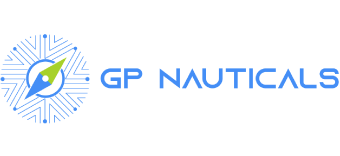Spain seeks to become a leader in maritime transport in Europe
Spain seeks to implement a wide variety of technological tools to boost competitiveness in the Spanish port system, and thus become the leader in maritime transport within Europe.
In the report published by the Ports Commission of the Chamber of Spain, entitled “Measures to promote the competitiveness of the Spanish port system”, all the measures to be implemented are detailed and are grouped into 5 categories such as: governance, management of border control ports, intermodality, digitization, and training, which will be renewed thanks to technological advances.
Among the technologies that they will implement at the port, digitization level is 5G sensorization, automation, artificial intelligence, autonomous vehicles, IoT, and distributed ledger technology such as Blockchain.
The purpose of these measures is to take advantage of an industry that is underdeveloped in terms of innovation and digitization and thus transform Spanish ports into a 4.0 model, which are intelligent, interoperable, and transparent.
There are currently 3 Spanish ports (Valencia, Algeciras, and Barcelona) that are in the top 30 of the world ranking of ports thanks to the influx of merchandise, so this type of measure seeks to promote logistics and port development, which will help Spain to become a leader in the maritime sector in Europe.
